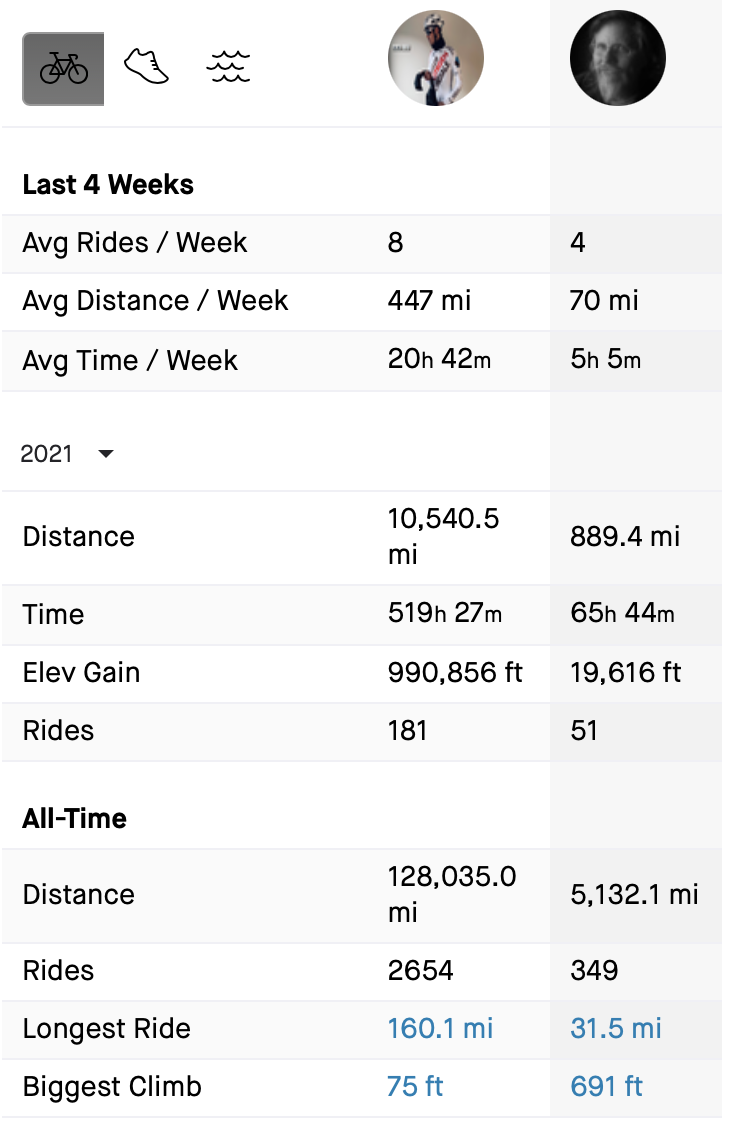It was a hell of a day on the bike today, but I’m not ready yet to tell that story. So let’s talk about the Tour de France instead.
Today, a rider named Mark Cavendish tied the record for most stages ever won in the Tour. The Manx Missile once seemed to be on track to shatter the old record, then injury and misfortune almost ended his career. After a brutal few years, he got his last chance on a major team, and likely because of internal politics he was selected to ride for that team in the Tour.
There are a lot of different ways to win at a stage race like the Tour de France. The most-remembered winner is the rider who completes all the stages in the smallest aggregate time. But there are also awards for the best in the mountains, and the fastest in the sprints, and each day is a mini-race; winning a stage is a great accomplishment. winning lots of stages, over many years, makes you a legend.
Cavendish, with his come-back story, adds an element to this year’s Tour that would not be there otherwise. He is crafty, knows just what he can do, and especially knows how to work with his teammates.
One of those teammates is Michael Mørkøv, my new favorite rider. Yesterday he did such a good job pulling Cav through a confused and chaotic 100 meters to the end line that he nearly won the stage himself. But his job is to get the main guy to the line, and he does it well. I looked today and in his long career he has won exactly one stage in a major race. But his teammates have won many.
If you watch a stage race that ends with a sprint, you will see the star of the show about four wheels back, behind teammates who are creating a draft the star can ride it, saving energy. In the last few hundred meters those teammates will peel off, and other teams will make their moves, driving their own trains toward the line.
If you’re that sprinter, having ridden 100 miles already that day just to get to this moment, as your crew peels off one by one and the pace of the final dash to the line builds, there is no one you want in front of you more than Mørkøv for those last few meters.
I have oversimplified the role of the leadout rider; there is a lot of strategy involved to set up your teammate for the last dash. Wind, the tactics of the other teams, the strength of the rider you are pulling, of course the terrain — all of that matters.
Cavendish has a burst that no one else on the tour can match. Those same twitch muscles that put him across the line first in the sprints are actually a liability through the mountains. So let’s not forget the rest of the team that kept Mark Cavendish in the race (those too far behind the lead are mercifully eliminated). It was the effort of many that even put Mark on the road today.
It has been the effort of Michal Mørkøv that allowed him to make history. Let us not forget that.


